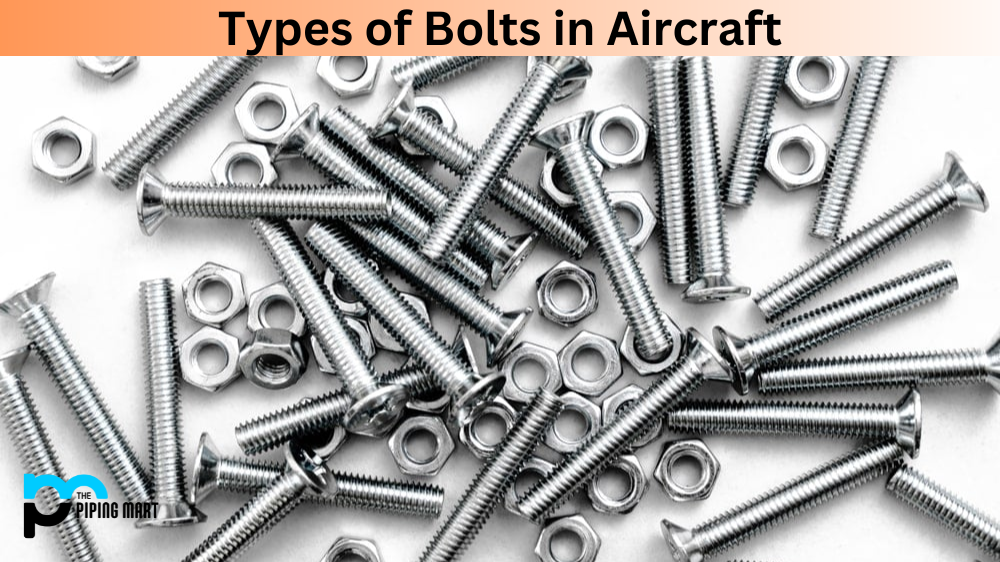When it comes to securing heavy items to concrete surfaces, there are two main types of fasteners you can use – concrete screws and wedge anchors. Both options have their merits, but it’s important to understand their differences before deciding which one to use. In this blog post, we’ll explore the key differences between concrete screws and wedge anchors and help you decide which option is right for your specific needs.
Concrete Screw
Concrete screws are a specialized type of fastener specifically designed for fixing items to concrete and other extremely hard substrates. They have an aggressive thread pattern that helps minimize the risk of them loosening over time. They also feature cement-like building material, such as epoxy or polyester resin, which bonds the screw into the substrate upon tightening. This makes them ideal for heavy-duty applications where high levels of tension are required to hold items in place securely.
Wedge Anchor
A wedge anchor is a mechanical fastener made of metal and designed to attach objects or structures to concrete. It consists of four parts: an internal threaded expansion plug, a nut, a washer, and an anchor body. The wedge anchors are inserted into holes drilled in concrete and expand when the nut is tightened, securing the object within the concrete.
Difference Between Concrete Screw and Wedge Anchor
How They Work –
The first main difference between concrete screws and wedge anchors is how they work. Concrete screws are designed to screw directly into the concrete surface, while wedge anchors are set into a pre-drilled hole and expanded to create a secure hold. Because concrete screws only rely on their threads for fastening, they are best suited for lighter duties, while wedge anchors can handle much heavier loads.
Installation Process –
Another major difference between the two types of fasteners is the installation process. Concrete screws are screwed directly into the concrete using a drill, while wedge anchors require a bit of prep work before installation. To use a wedge anchor, you must first drill a hole into the concrete at the desired location and depth. Once this is done, the wedge anchor can be inserted and expanded.
Load Capacity –
One of the key benefits of wedge anchors is their ability to handle heavy loads. Typically, wedge anchors are rated to hold anywhere from 100 to 5000 pounds, depending on the size and material. Concrete screws, on the other hand, have a much lower load capacity – typically only able to hold a few hundred pounds at best.
Applications –
Depending on what you’re installing and the load you need to support, you’ll want to carefully consider which type of fastener to use. For lighter projects, such as hanging picture frames or small shelves, concrete screws should suffice. But for heavier installations, such as machinery or large appliances, wedge anchors are the better choice. Additionally, wedge anchors are often preferred for added security if you’re attaching something to an overhead surface, like a ceiling.
Cost –
Finally, it’s worth noting that wedge anchors tend to be slightly more expensive than concrete screws. This is largely due to the extra materials and installation process required. So, while wedge anchors may be the better option for heavier loads, they may not be the most economical choice for smaller projects.
Conclusion:
When deciding between concrete screws and wedge anchors, there are several factors to consider, including load capacity, installation process, and cost. Ultimately, the choice will come down to your specific needs and project requirements. However, by understanding the differences between these two fasteners, you can make an informed decision and ensure your installation is secure and long-lasting.

Meet Bhavesh, a seasoned blogger with a wealth of knowledge and experience. From metal products manufacturing to retail, Bhavesh has a diverse background in various industries and is dedicated to sharing his insights and expertise with readers.




